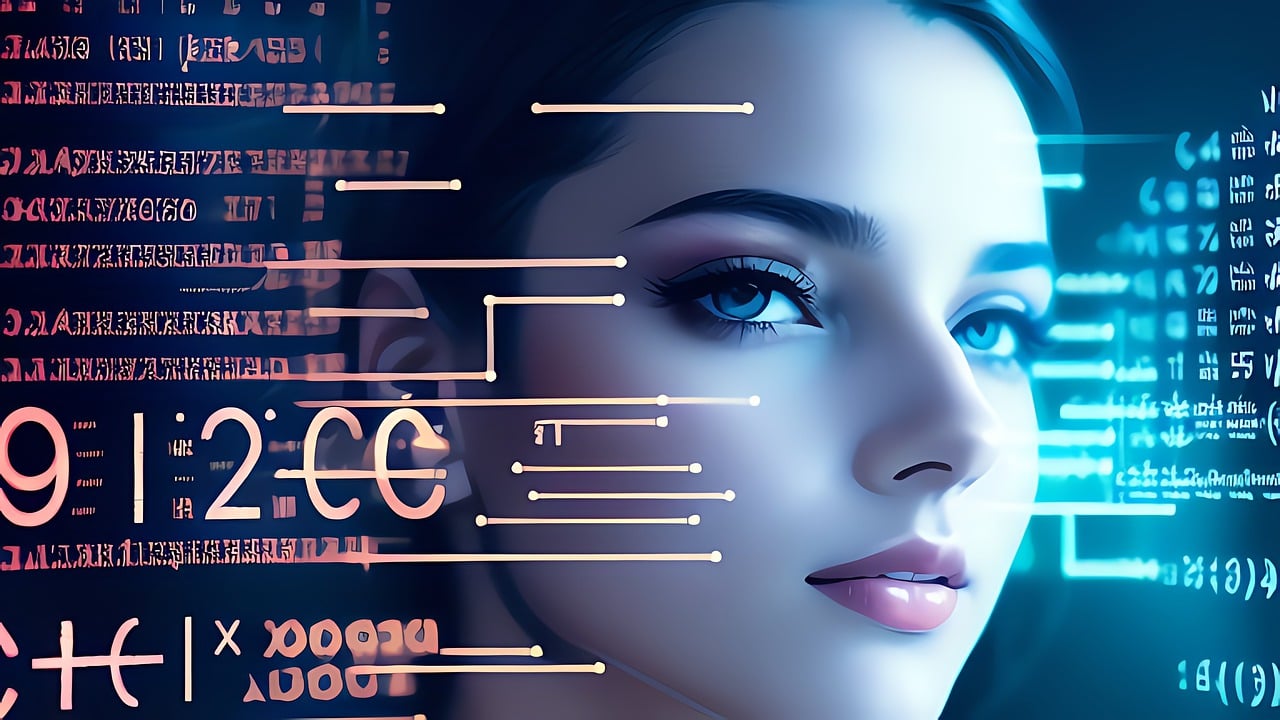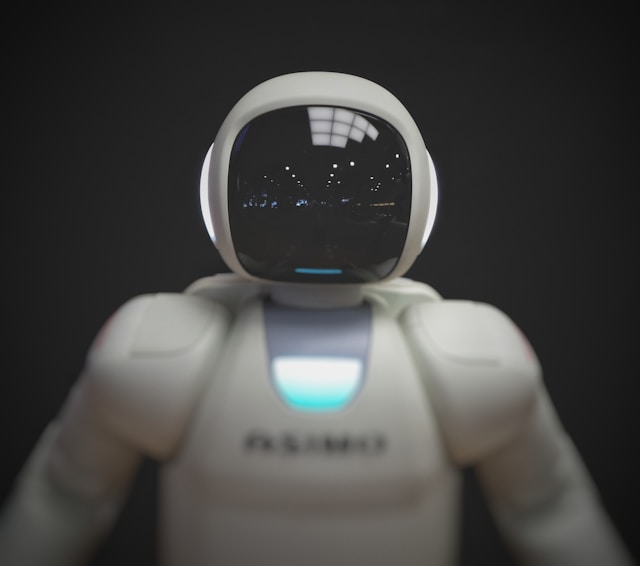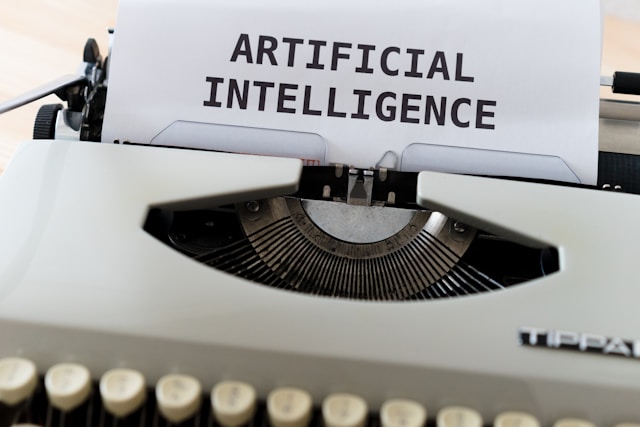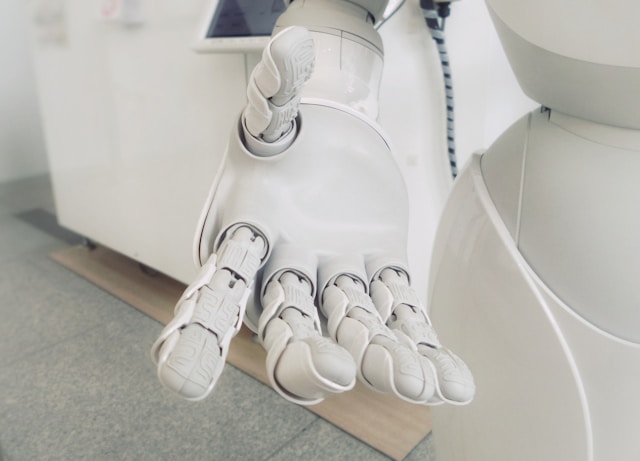In the rapidly evolving landscape of artificial intelligence (AI), conversational AI has emerged as a cornerstone technology, revolutionizing how businesses engage with customers and streamline internal processes. At the heart of this revolution are two prominent technologies: ChatGPT and traditional chatbots. While both serve the purpose of facilitating conversations between humans and machines, they operate on fundamentally different principles and offer distinct advantages. Let’s delve deeper into the realm of conversational AI to understand the differences and strengths of ChatGPT and chatbots.
Conversational AI refers to technology that allows computers or machines to talk to humans in a way that feels natural and human-like. It’s like having a conversation with a computer or a robot, where you can ask questions, give commands, or just chat, and the computer responds as if it understands what you’re saying. This technology is often used in virtual assistants, chatbots, and other applications where human-like interaction is important.
The link between ChatGPT and conversational AI lies in the fundamental purpose of both: facilitating natural and meaningful interactions between humans and machines through the medium of text-based communication.
ChatGPT: The Power of Generative AI
ChatGPT, based on the Generative Pre-trained Transformer (GPT) architecture developed by OpenAI, represents a significant leap forward in natural language processing (NLP). Unlike traditional chatbots, which rely on predefined responses and rule-based systems, ChatGPT harnesses the power of generative AI to produce human-like text based on the input it receives. This enables ChatGPT to engage in more nuanced and contextually relevant conversations, mimicking the intricacies of human communication.
One of the key strengths of ChatGPT lies in its ability to generate responses on the fly, without the need for extensive pre-programming. This adaptability makes ChatGPT well-suited for a wide range of applications, from customer support and virtual assistants to content generation and creative storytelling.
Chatbot: Rules-Based Automation
On the other hand, traditional chatbots operate on a rules-based system, where predefined scripts dictate the responses to user queries. While chatbots are effective for handling simple and repetitive tasks, they often struggle with understanding complex inquiries or providing personalized responses. This limitation stems from their reliance on fixed decision trees, which lack the flexibility and adaptability of generative AI models like ChatGPT.
CleanDesk AI: A Case Study in Conversational AI Automation
To illustrate the capabilities of conversational AI in action, let’s consider CleanDesk AI, a multilingual conversational AI automation platform. CleanDesk AI is designed to automate 70-80% of customer inquiries, requests, complaints, and employee tasks, demonstrating the power of conversational AI in enhancing operational efficiency and customer satisfaction.
By harnessing the capabilities of conversational AI, CleanDesk AI is able to understand and respond to inquiries in multiple languages, across a variety of channels including web chat and social media. Its ability to generate contextually relevant responses in real-time enables CleanDesk AI to handle a diverse range of queries, from product inquiries and troubleshooting to billing issues and feedback collection.
Moreover, CleanDesk AI’s adaptability allows it to continuously learn and improve over time, as it encounters new scenarios and interactions. This iterative learning process ensures that CleanDesk AI remains up-to-date and responsive to evolving customer needs, making it a valuable asset for businesses seeking to automate and streamline their customer service operations.
The Future of Conversational AI
As technology continues to advance, the boundaries between humans and machines are becoming increasingly blurred. Conversational AI is poised to play a central role in this transformation, enabling more natural and seamless interactions between individuals and automated systems. While traditional chatbots still have their place in certain use cases, the emergence of generative AI models like ChatGPT heralds a new era of conversational AI, characterized by enhanced intelligence, adaptability, and empathy. By harnessing the power of ChatGPT and other advanced AI technologies, businesses can unlock new opportunities for innovation, efficiency, and customer engagement in the digital age.







Leave a Reply